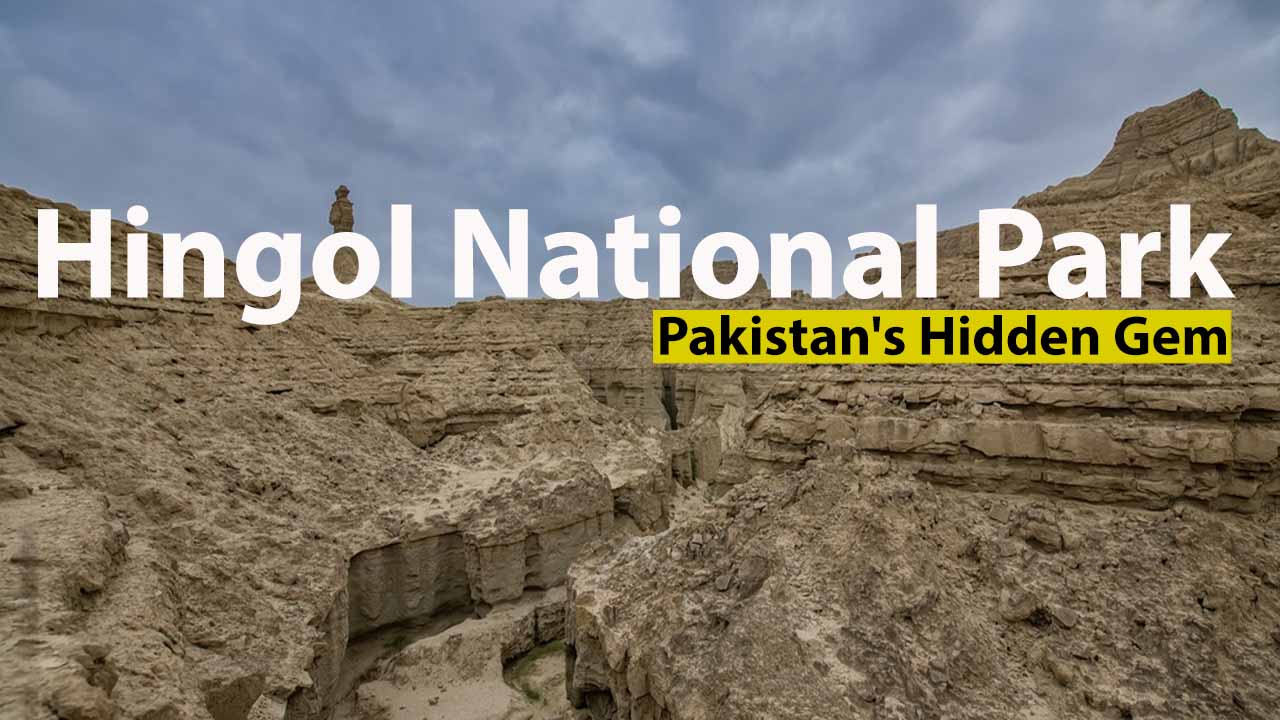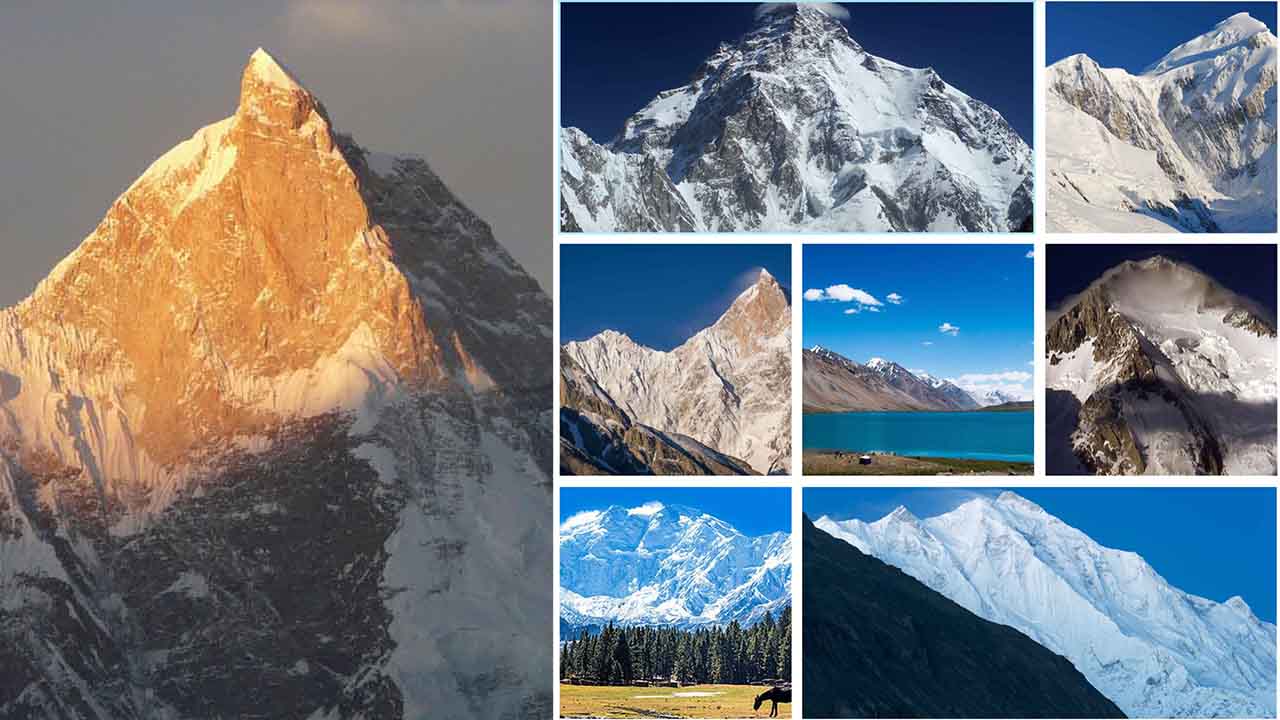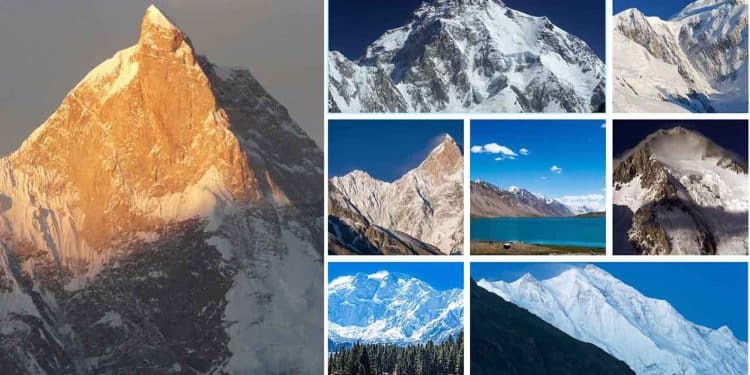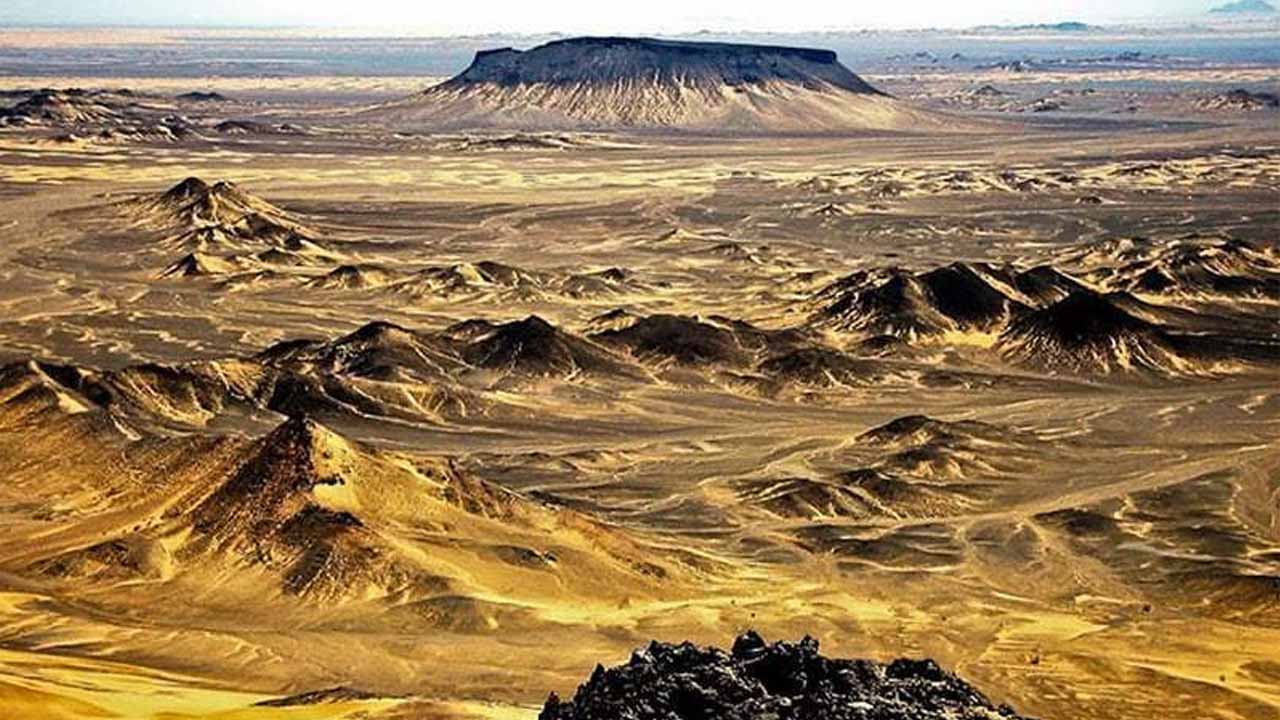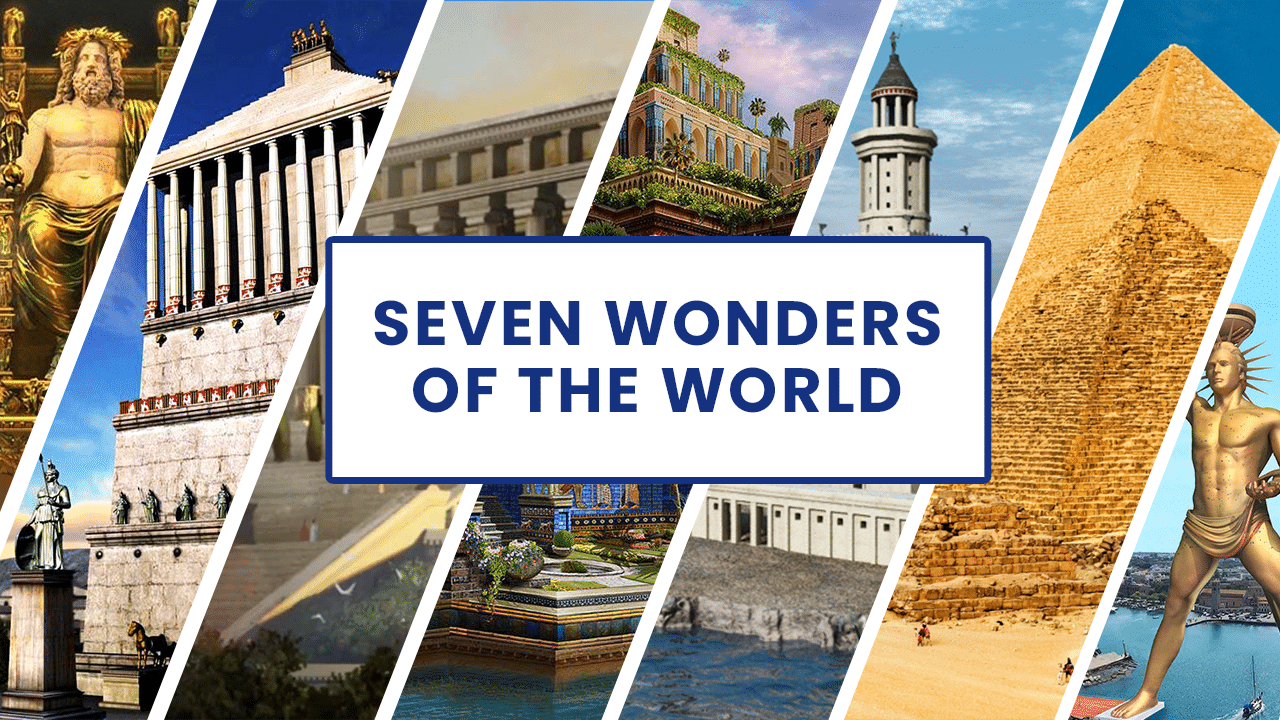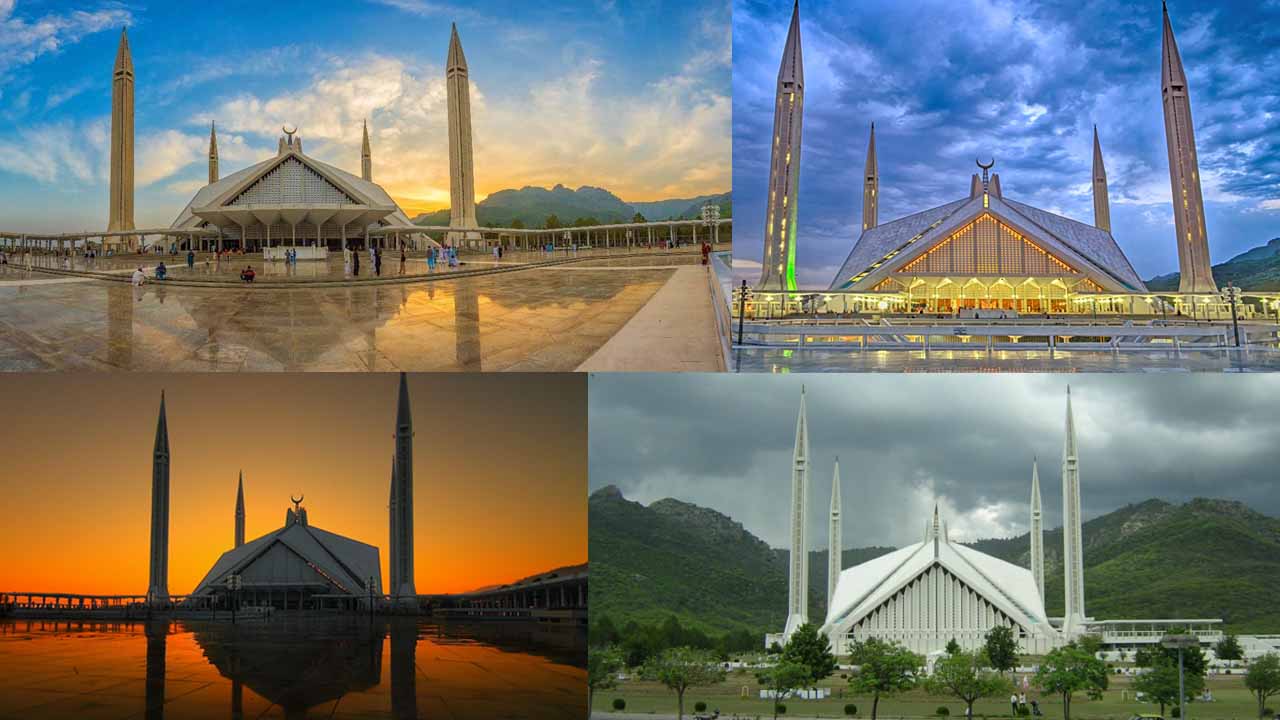One of Pakistan’s largest national parks, Hingol National Park or Hungol National Park is situated in the Makran coastal region. The park is situated in the three Balochistan districts of Gwadar, Lasbela, and Awaran and spans an area of around 6,100 square kilometers (2,400 sq mi). Karachi is just 190 km away. In 1988, Hingol was designated as a national park.
The park bears the name of the southern section of the Hangul River, which flows alongside the Arabian Sea’s coasts and is home to a vast population of birds and a diverse array of marine species. Hangul National Park is unique among Pakistan’s national parks in that it has six diverse ecosystems, as well as desert and plains regions.
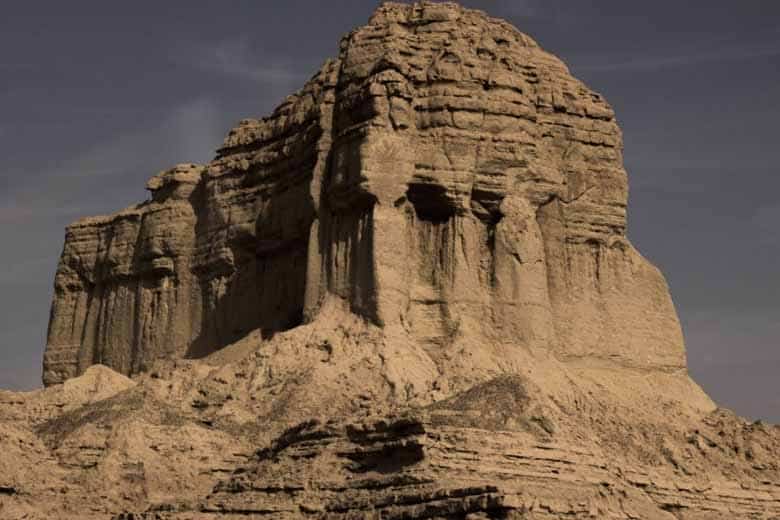
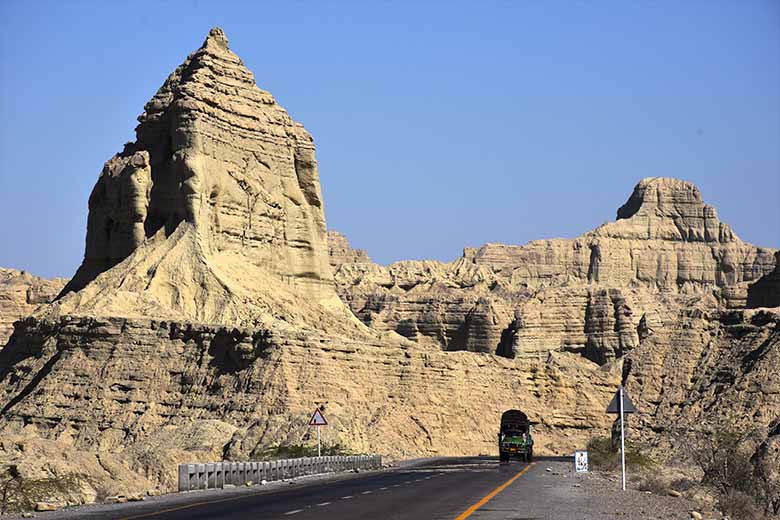
The Hangul River tributary, which is home to thousands of migratory birds and marsh crocodiles, and a barren mountain range form the park’s northern and southern boundaries. To the south lie the Arabian Sea and the Gulf of Oman.
Top Sights in Hingol National Park
Since the Makran Coastal Highway was finished in 2004, the park’s distinctive rock formations have been drawing visitors from all across the nation.
Rock formations
36 rock formations were noted during collaborative research by the Universities of Geneva and Tehran on the appealing aspects of this coastal region of Iran and Balochistan. This study shows that the effective processes of erosion and sedimentation, in which the sea waves bring a lot of soil and other materials to the coast, have been crucial in the erosion of rocks in this area for ages. On these rocks of various heights, which progressively rose from the beach, layers of dirt 1 to 10 meters thick, and in many places even thicker, were seen. The Makran beach strip and the nearby mountain cliffs have been sculpted by the sea’s tidal waves and powerful stormy winds.
The Makran coastal strip and the nearby mountain cliffs have been sculpted by the sea’s tidal waves and powerful stormy winds in such a way that the region initially seems an odd archaeological complex housing the ruins of some ancient civilization. The Princess of Hope and the Sphinx are two of these rocks that are most well-known.
Hingol National Park is best known for hosting some of the most popular tourist spots in Balochistan
- Princess of Hope
- Balochistan Sphinx
- Hinglaj Devi Mandir
- Natural Oases
- Kund Malir Beach
- Sapat Beach
- Hingol Mud Volcanoes
Princess of Hope
A hoodoo known as the Princess of Hope is the park’s most impressive landform. When viewed from a distance, it appears to be a massive statue of a tall woman scanning the horizon for something.
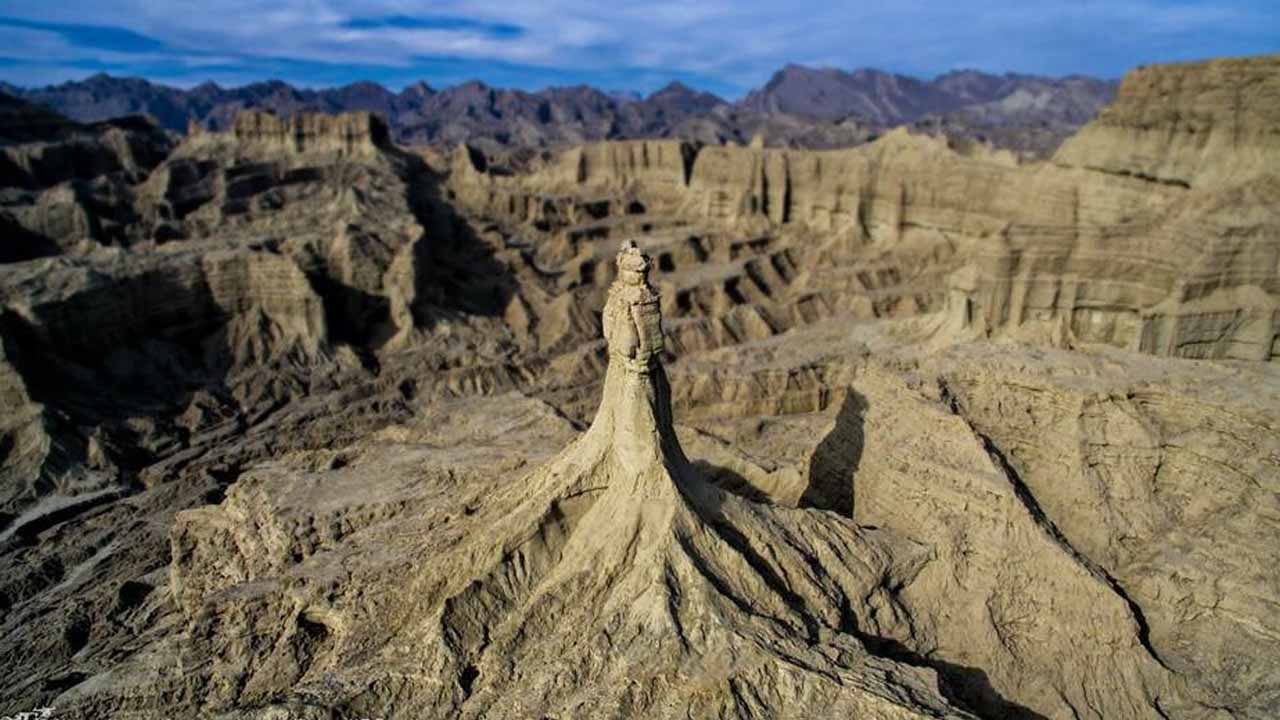
This rock structure drew the eye of the well-known Hollywood actress Angelina Jolie when she visited Pakistan in 2004 as part of a UN goodwill mission, and she gave it the name “Princess of Hope.” The pinnacle, despite having a statuesque look, is entirely the result of erosion by the water and other natural processes.
Balochistan Sphinx
The Balochistan Sphinx sometimes referred to as the “Lion of Balochistan” or Abul-Hol is a naturally occurring rock formation that resembles a sphinx and can be seen from the Buzi Pass stretch of the Makran Coastal Highway.
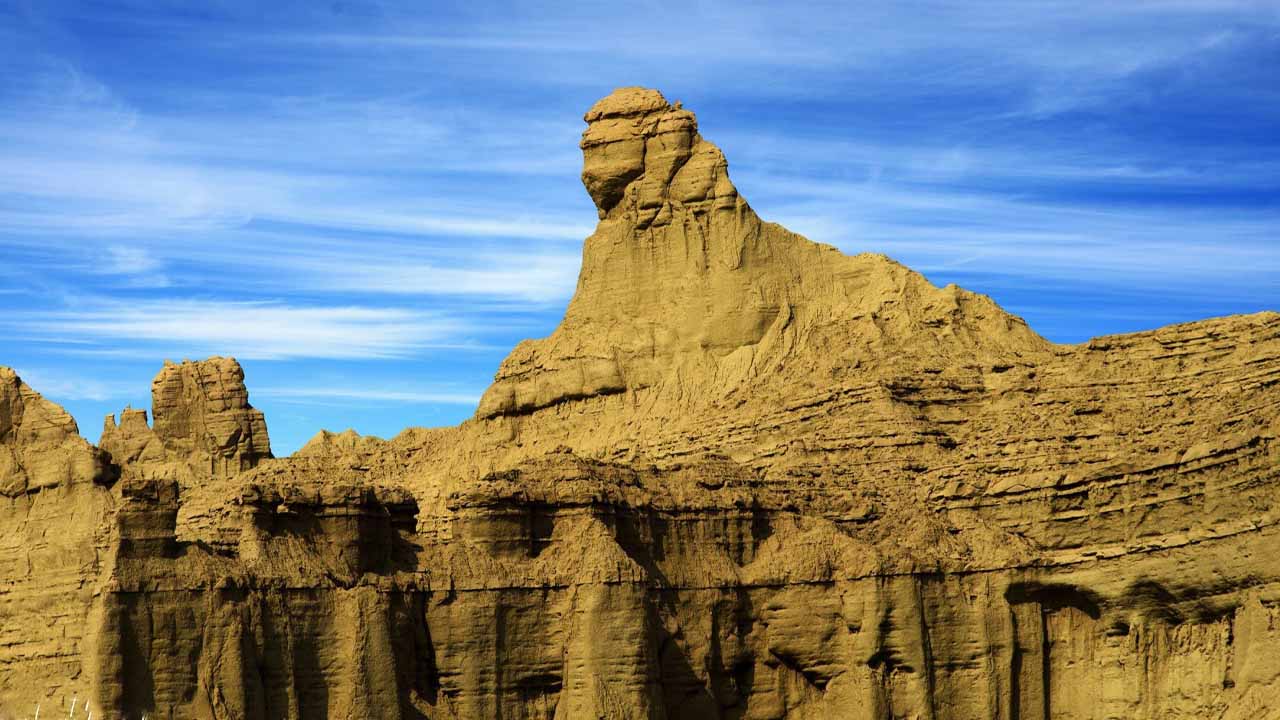
Hinglaj Devi Mandir
One of the most significant Hindu shrines in Pakistan is Hinglaj Mata Mandir, also known as Nani Mandir, which attracts approximately 250,000 pilgrims each spring to its position in the middle of Hingol National Park.
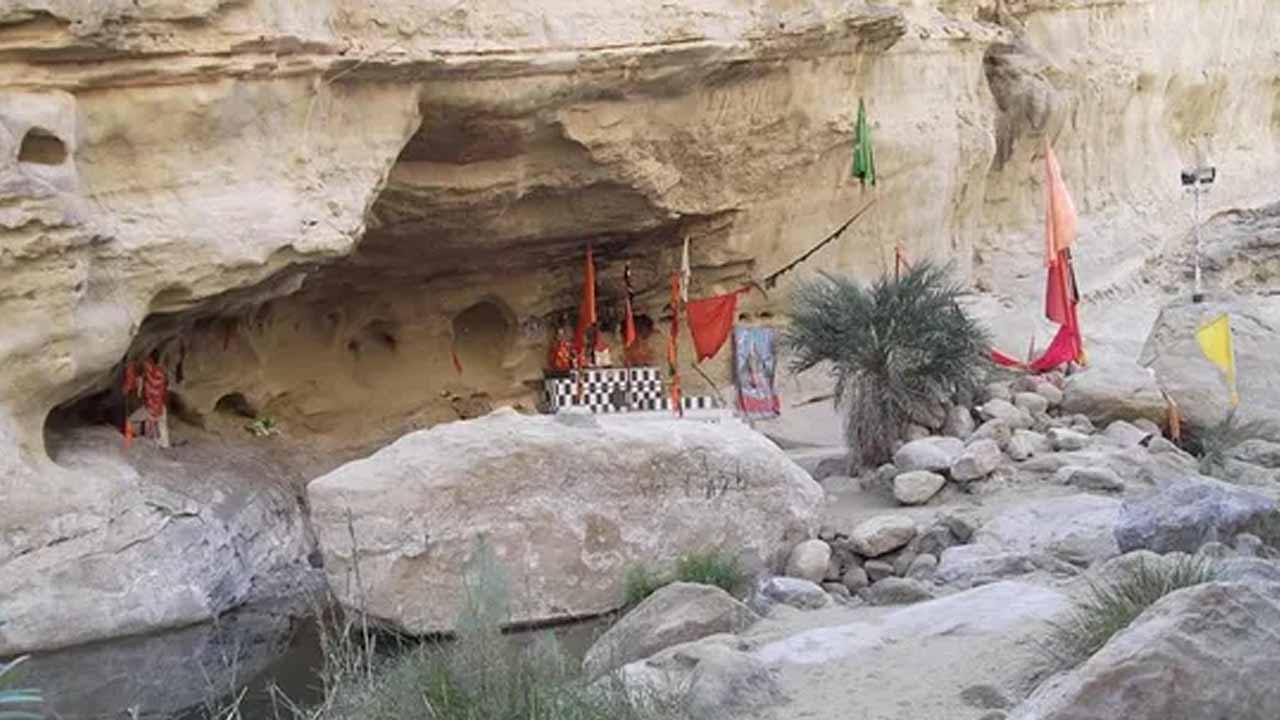
The 200,000-year-old Kali Mata temple in the Hanglaj Valley is located in a cave. An influential committee of Hindus from Sindh and Balochistan organizes the annual celebration, which draws between 20,000 and 30,000 attendees. Since there are only four passenger compartments, most pilgrims must sleep in tents, and many of them must do so outside in the scorching sun or under trees. The Chandra Gup Mountain trek is the hardest task for the pilgrims who come here, aside from lodging. Muslim tourists are allowed to enter the temple only after undergoing a rigorous identification process.
Hungol River Estuary
The topographical features and habitats in Hingol National Park range from the arid subtropical forest in the north to arid montane in the west. The park can be categorized as a coastal semi-desert because large portions of it are covered in drift sand. The Hungol River Estuary, which is a part of the park, is home to a wide variety of fish and bird species.
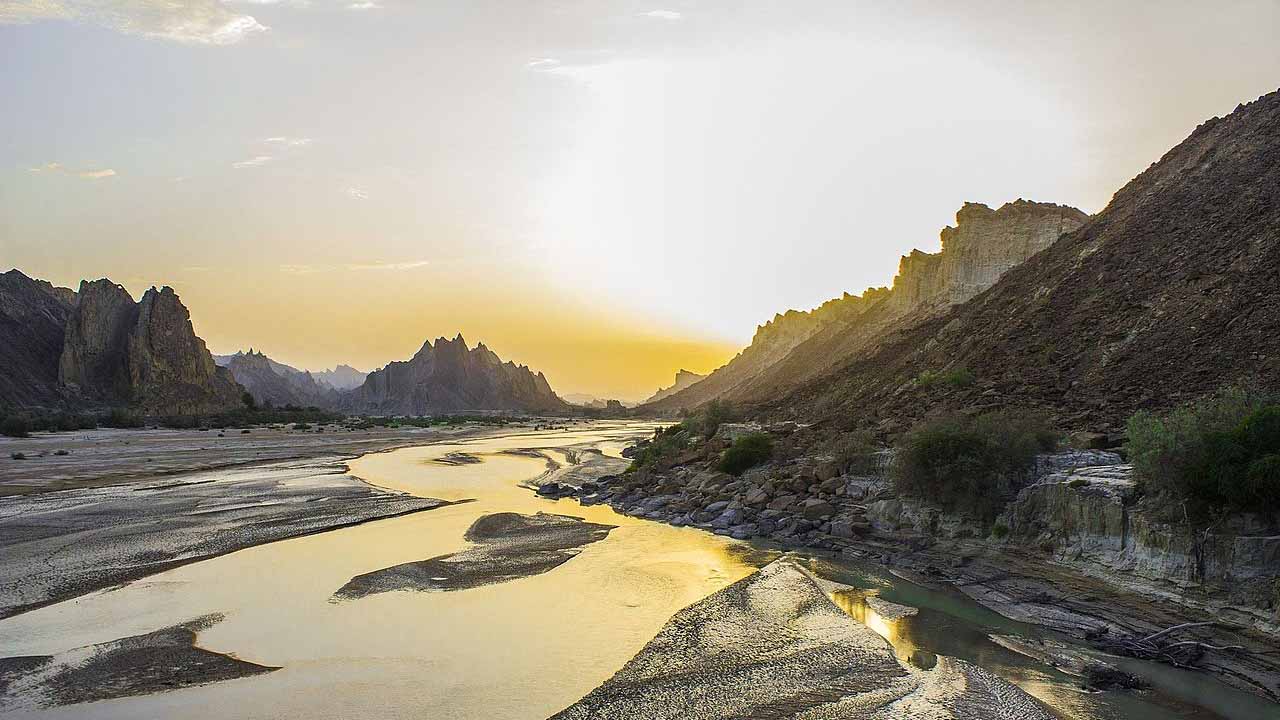
At least 35 species of mammals, 65 species of amphibians and reptiles, and 185 species of birds are known to coexist in Hingol National Park. The park provides a great habitat for wild Baluchistan urial, Chinkara, and Sindh ibex. Ibex are widespread in the Hinglaj and Rodani Kacho Mountain regions and can be found in any steep mountain ranges. A population of over 3000 people is predicted.
Kund Malir Beach
In 2018, “Virgin Beach,” a beach at Kand Malir in the last corner of Hangul National Park, was included on the list of Asia’s 50 Most Beautiful Beaches. In contrast to other beaches in Pakistan, much of the tourist activity has not yet started along this golden coast due to the deserts, tall mountains, and volcanoes that line it.
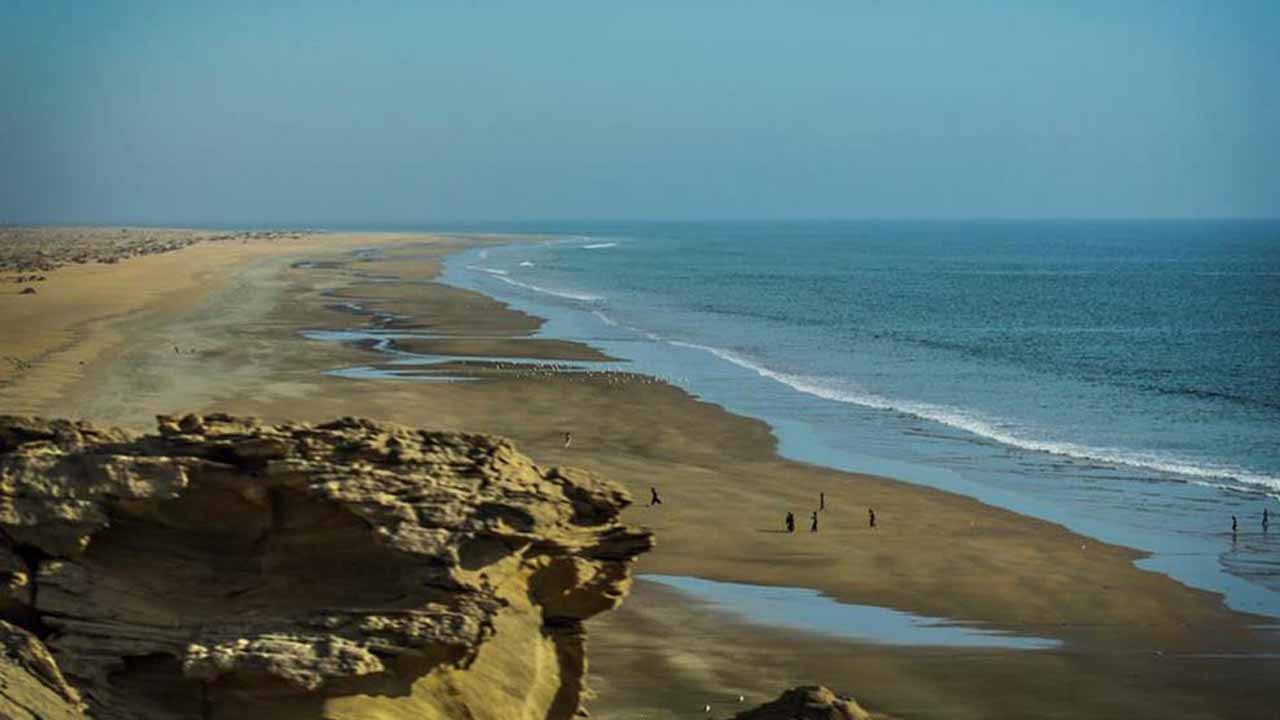
Sapat Beach
Another beautiful beach in Balochistan is Sapat Beach near Boji Koh, which is easily accessible by traveling along the Makran Coastal Highway. More than 20 people make up the management team for the Hangul National Park, including representatives from Wildlife Pakistan, and the provincial Department of Livestock, environment, and Tourism. However, a lot of things still require reform because the park is managed by the provincial government of Balochistan.
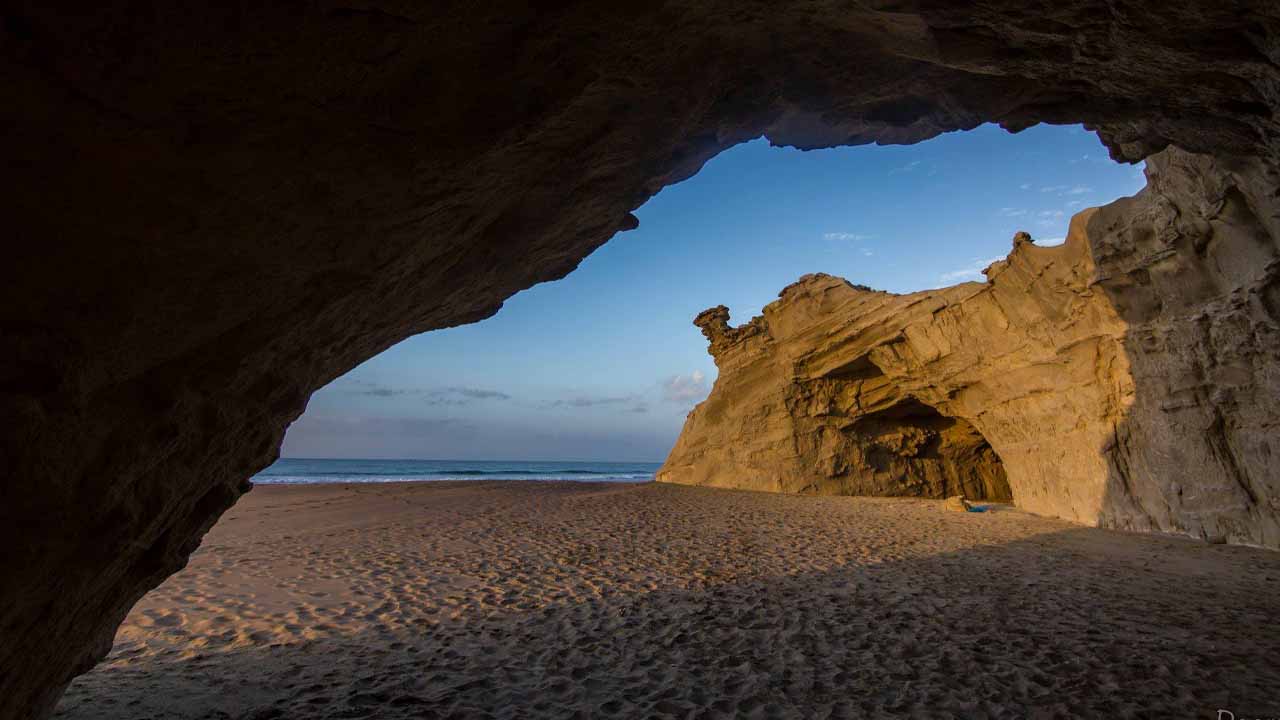
Hingol Mud Volcanoes
In Hangul National Park, particularly in the Mid-Hor region, numerous hingol mud volcanoes range in height from 800 to 1500 feet. Muhammad Hanif Bhatti, a well-known traveler from Karachi, claims that he was astounded by the beauty and uniqueness of this natural process when he first witnessed the Chandra Gupta mudflat in Hangul National Park in 2010.
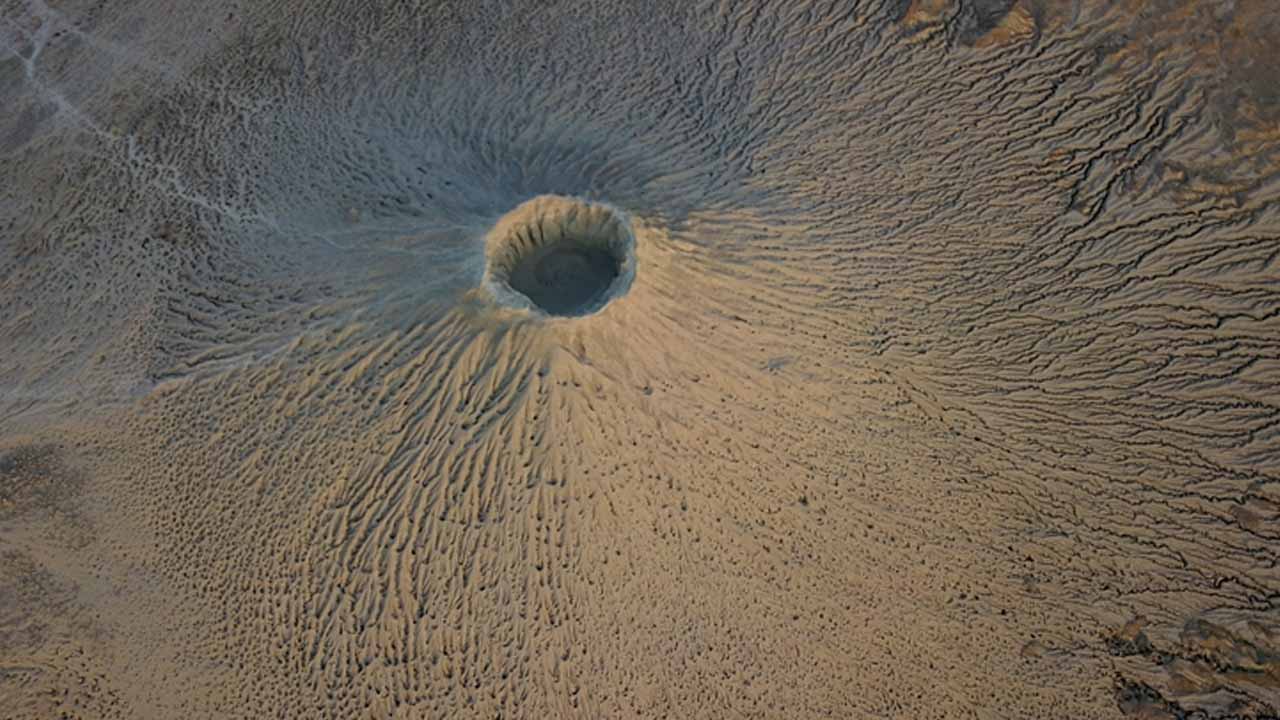
The volcano was challenging to access at the time, but since the highway’s completion, the number of people visiting the mud volcanoes has dramatically increased.
Wildlife
In Pakistan, Hangul National Park serves as a natural haven for species on the verge of extinction. Approximately 257 plant and 289 animal species call it home, including 35 mammals, aquatic, amphibian, reptile, and migratory bird species, many of which are extremely uncommon. Around 60 crocodiles are thought to be present in various locations, and marsh crocodiles are frequently seen on the beach next to Hangul National Park.
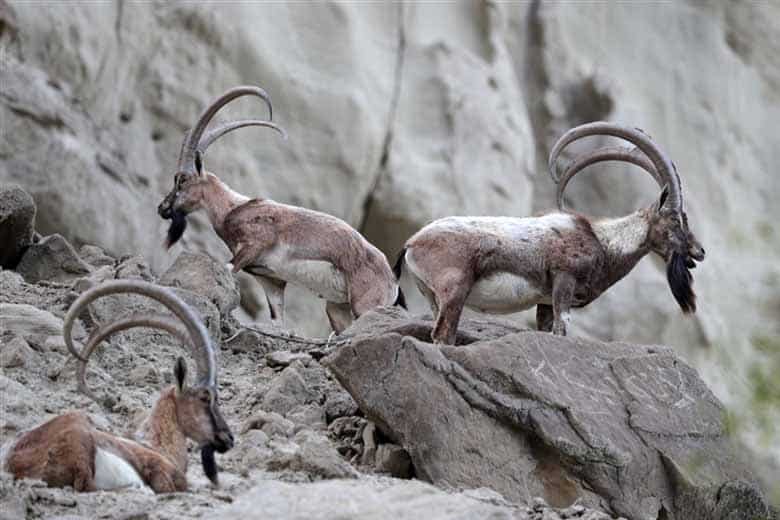
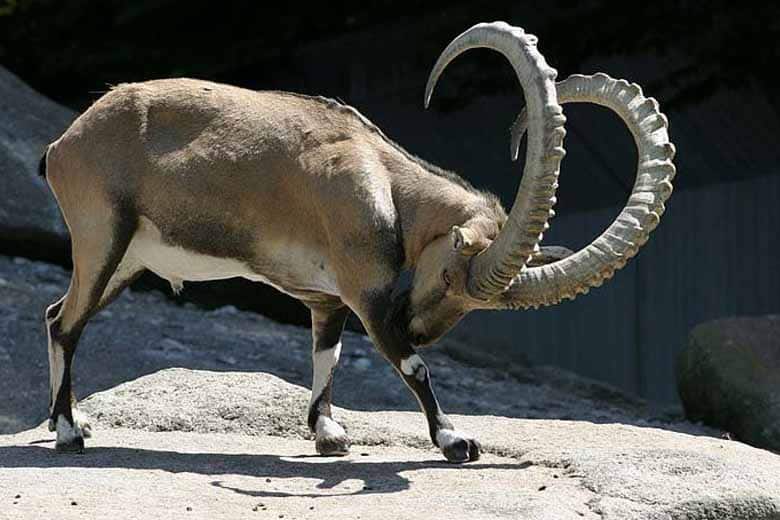
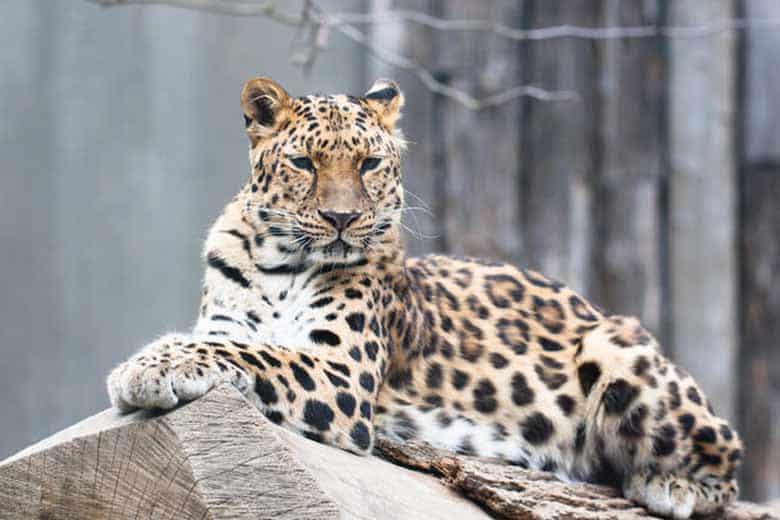
Numerous additional aquatic species, such as Indo-Pacific dolphins and green and olive turtles, reside in Hangul Bay, and uncommon fish and turtle species may be found in the coastal regions close to Hangul National Park. Every evening in August, these turtles visit the beach to lay their eggs. The female turtles left without depositing eggs since it became increasingly difficult for them to dig due to the shores’ increasing plastic litter. Since then, there are much fewer of these turtles on the coastlines of Sindh and Balochistan.
